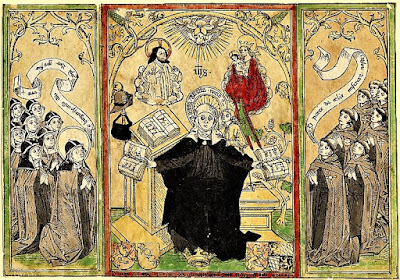Today being the feast of St Ignatius of Loyola, (1491-1556,) the founder of the Society of Jesus, also known as Jesuits, we pray especially for Pope Francis, who is a Jesuit himself, celebrating the feast of his founder as a Pope. Ignatius never intended to become a priest, but when he was recovering in a hospital from a cannonball shot to his leg, he looked for some romantic books to read, but instead found a Bible and the lives of saints, He became so impressed by what he read that he converted and became a priest, eventually a founder of the Jesuits and a well-loved saint. Today I share with you three of his most famous quotes:
“Act as if everything depended on you; trust as if everything depended on
God.”
“O my God, teach me to be generous
to serve you as you deserve to be served
to give without counting the cost
to fight without fear of being wounded
to work without seeking rest
and to spend myself without expecting any reward
but the knowledge that I am doing your holy will. Amen”
“If God causes you to suffer much, it is a sign that He has great designs for
you, and that He certainly intends to make you a saint. And if you wish to
become a great saint, entreat Him yourself to give you many opportunities for
suffering; for there is no wood better to kindle the fire of holy love than the
wood of the cross, which Christ used for His own great sacrifice of boundless
charity.”





































